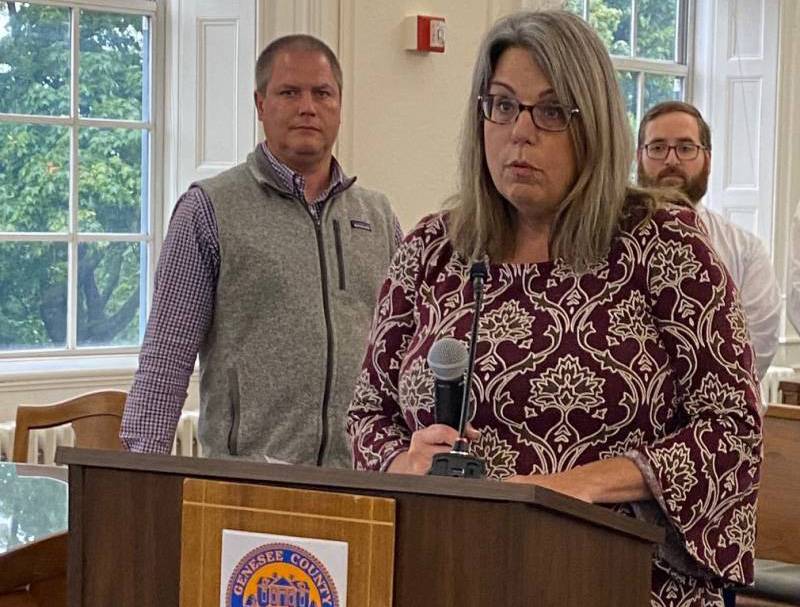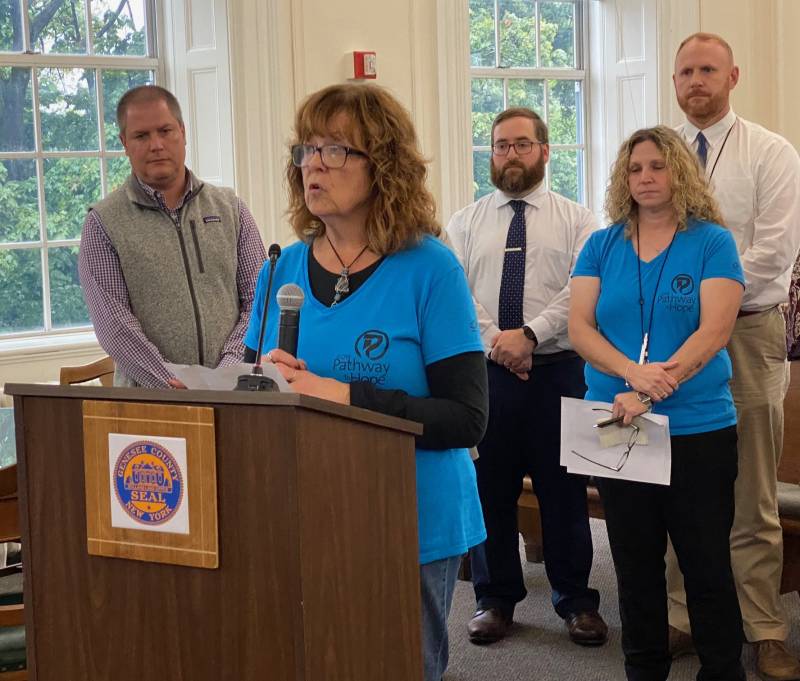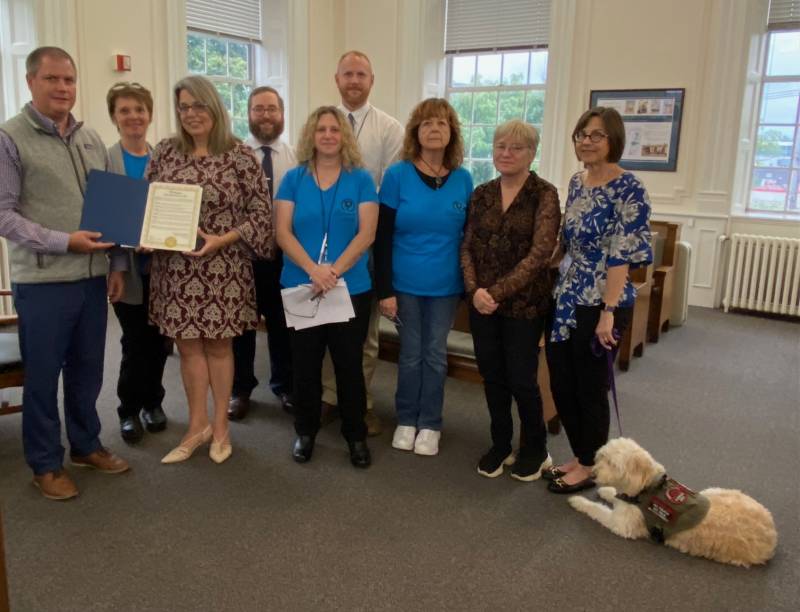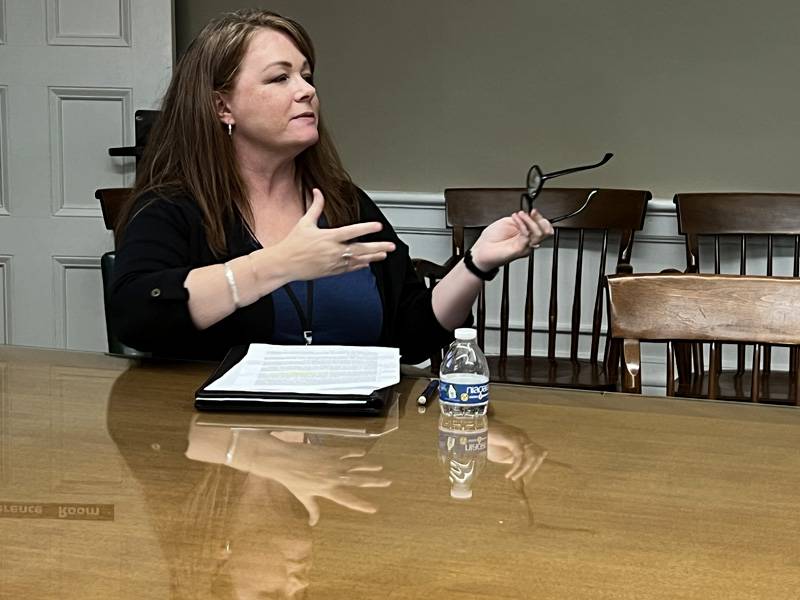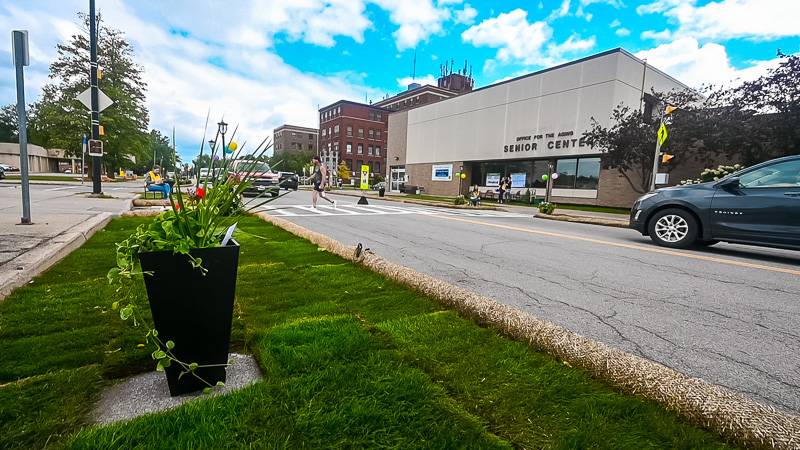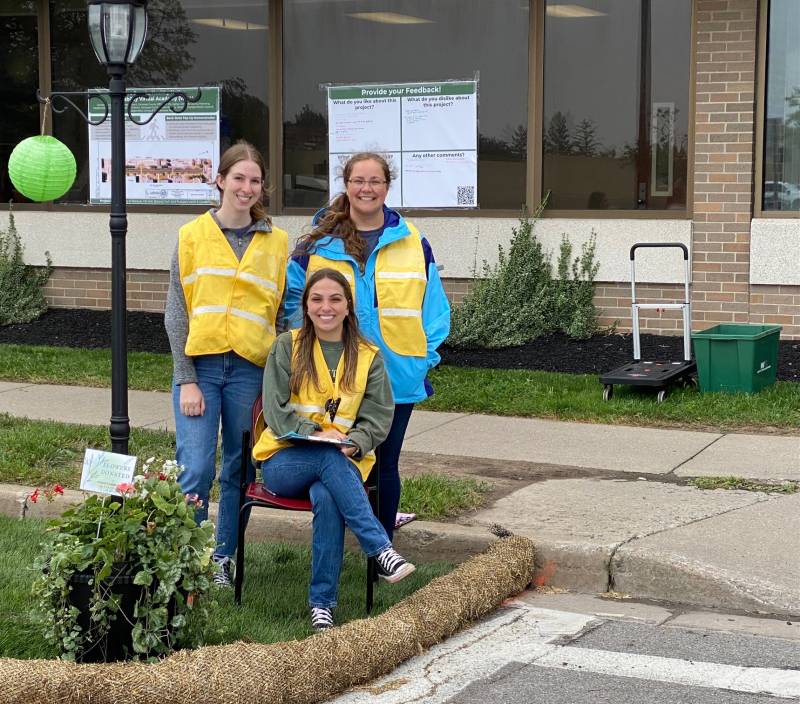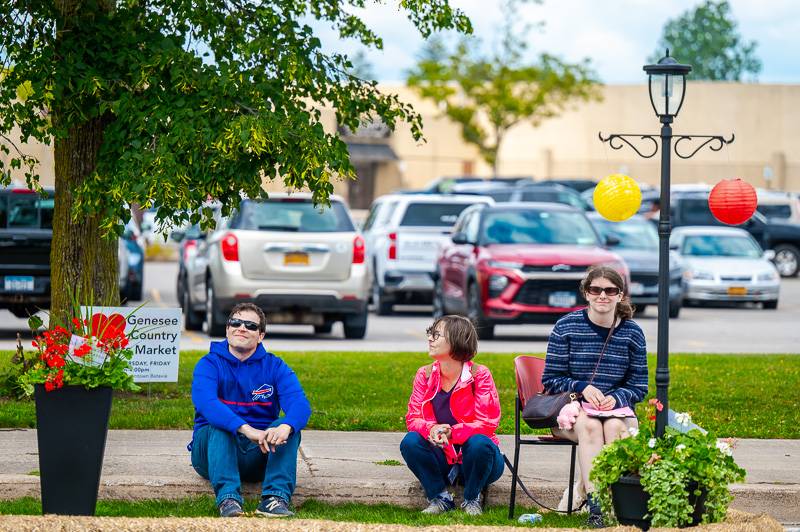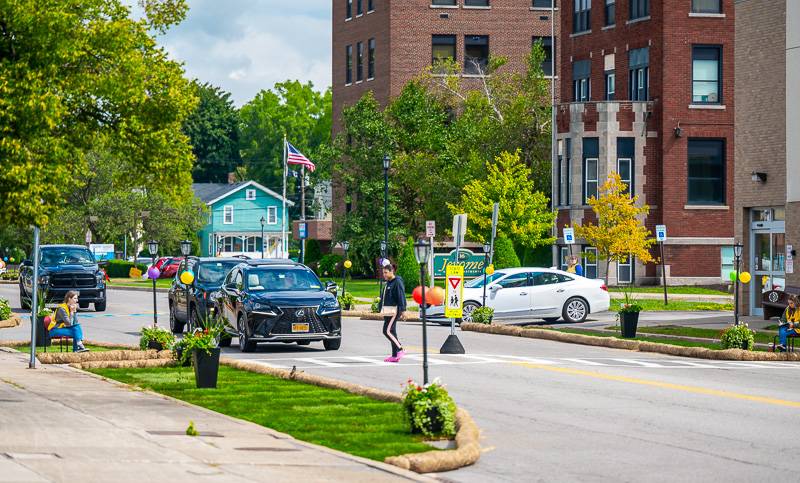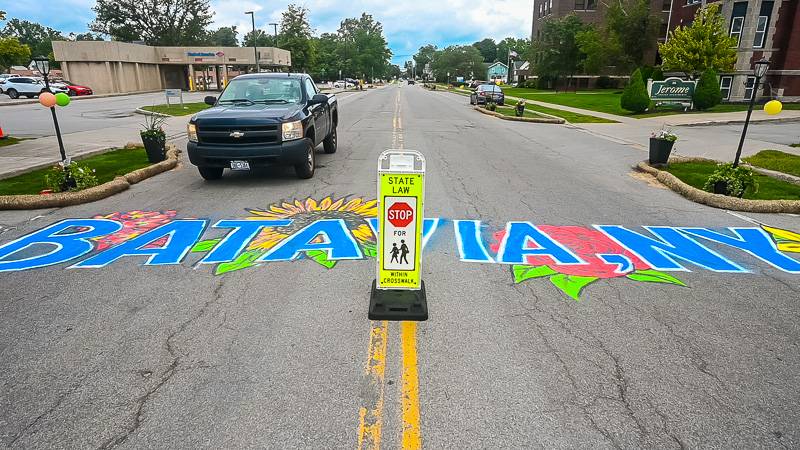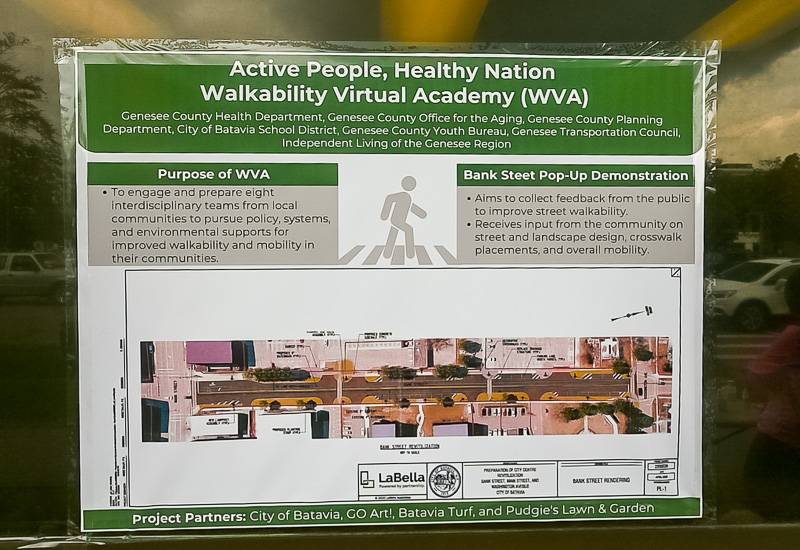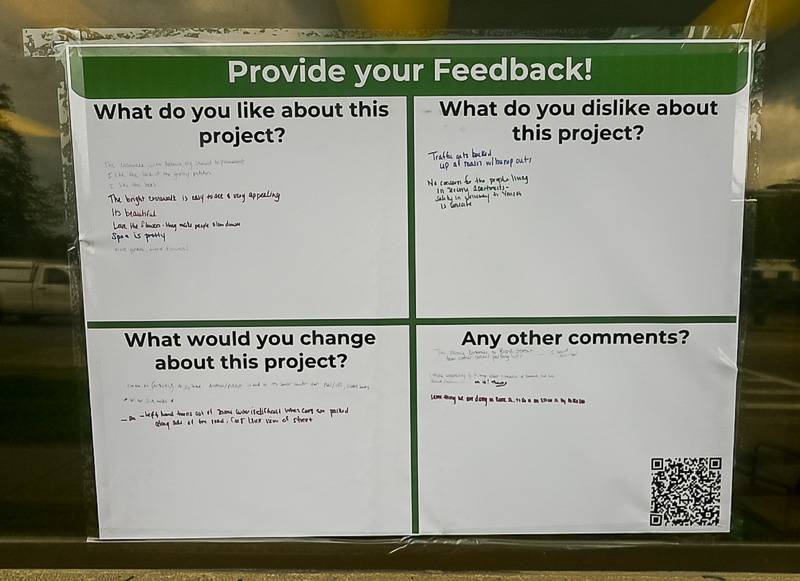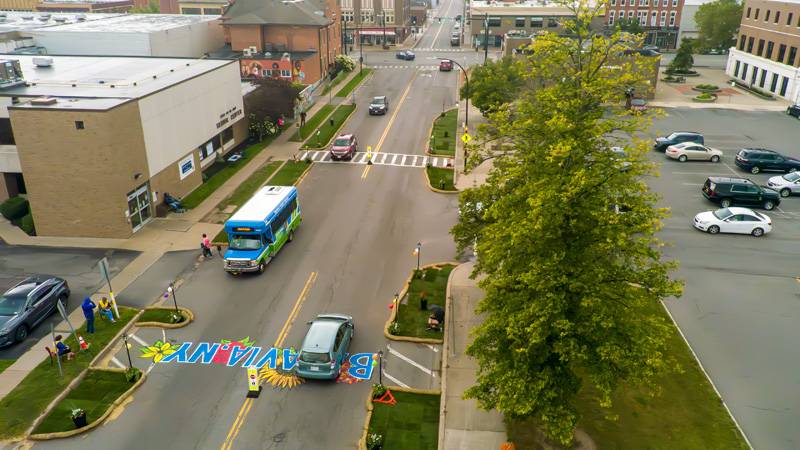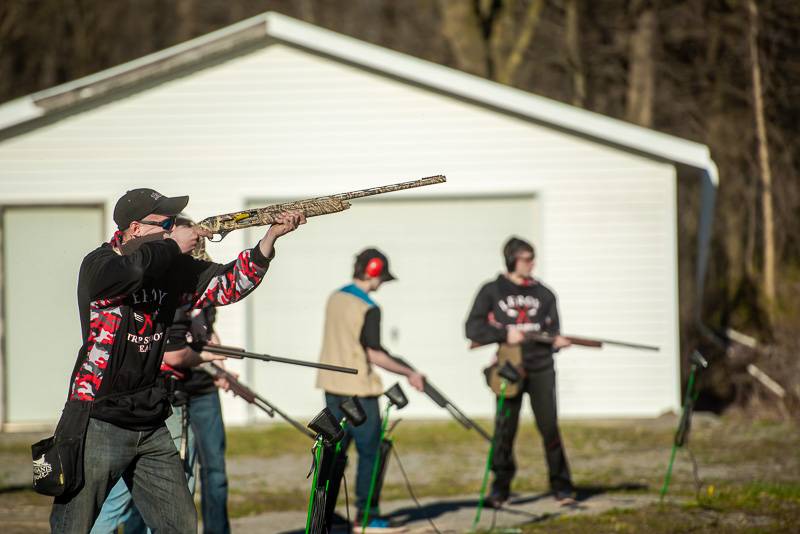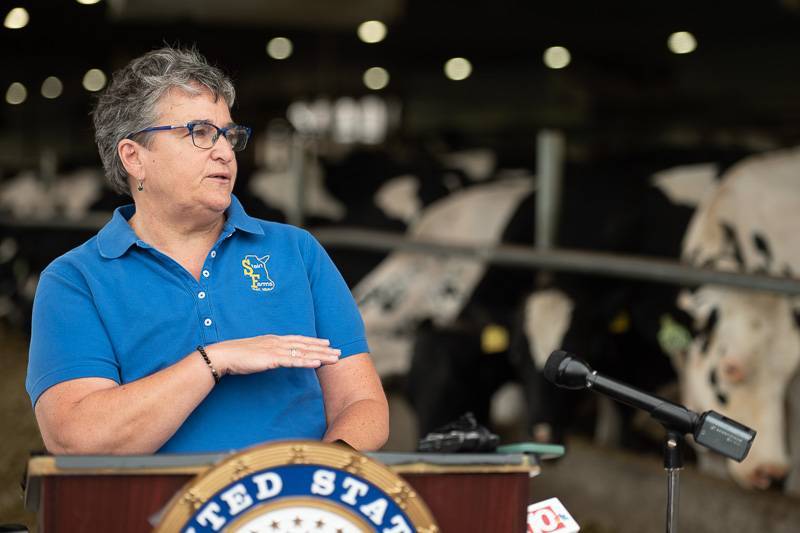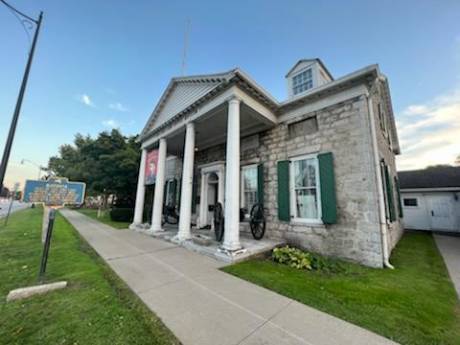Recovery Month a time to recognize 'real help, real solutions'
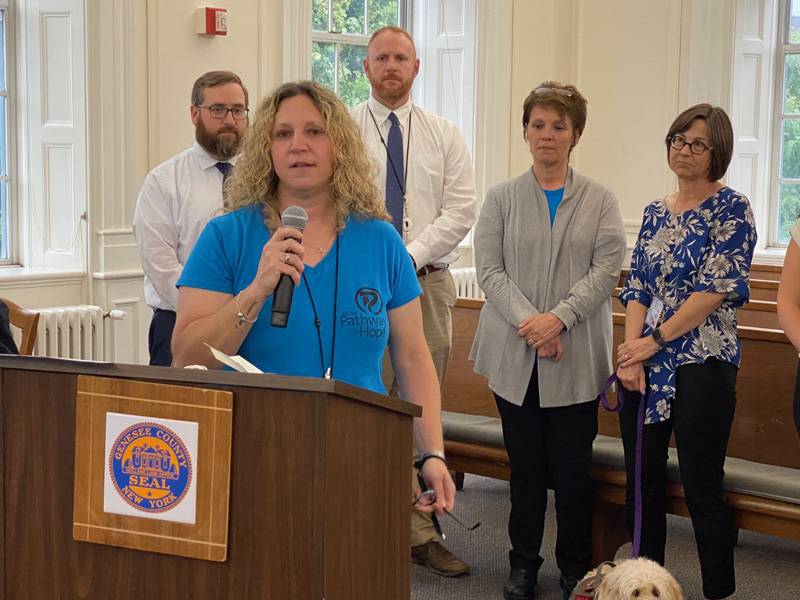
Photo by Joanne Beck.
Recovery can mean so many things to people, whether it’s rebounding from a physical injury or from other less telltale wounds that come with addiction, and those people locally who help with the latter were recognized Tuesday during Recovery Month.
The Genesee County Legislature presented a proclamation to acknowledge the importance of the topic and those agencies that are involved, including the county Mental Health Department, the Genesee Orleans Council on Alcohol and Substance Abuse, Genesee Orleans Health Department, and the Suicide Prevention Coalition of Genesee County.
“Recovery takes a team of people to get it done. We hit it from a lot of different areas,” said Luke Granger of GCASA. “And folks that are in recovery need a lot of help, and in different ways, very practical ways. A lot of times we have, for example, we have case managers that work with some of our population on issues and problems that they’re going through that need real help, real solutions.”
Those solutions can involve everything from medical insurance and housing to Social Services, mental health, and GCASA treatment programs.
“And we realized that it takes a community to get it done. And we have to work together, and the more that we work together, and the better we work together, it just works. We have people in prevention that go into the schools, and we hope to reach some of the kids before we have to have them in recovery, and work with them and addiction. We have peer counselors who are people who have been through recovery and can identify with these folks. And they work together with them,” Granger said. We've got programs that work with the folks that are that are housing unstable around the community, and we try to get them into permanent solutions for housing. We have other folks that work in the jails, they do counseling in jails and make referrals. And then we have a program called a reentry program that we work with folks that are coming out of the jail system. We try to get them back into the community and working through jobs.
“So it's multifaceted. It takes a whole team of people to get it done. It's hard work. But it's the most gratifying work because we don't think people are disposable,” he said. “We want to help people, we want to make them become better members of society, and we're doing so. But it's an everyday get up and do it again process.”
Recovery is a topic that Mental Health Director Lynda Battaglia can certainly talk about, she said. Then she began to think about it: What is recovery? What do others think that recovery is? It can mean rebounding from surgery or a broken bone, following doctors’ orders and guidelines not to push yourself, taking it easy, and following the “one day at a time” mantra, right?
“To allow yourself time to heal and to process what’s happened,” she said. “And I thought, recovery from addiction recovery, from mental illness, or suicidality, that’s what recovery is, and we need to practice those guidelines and recognize that recovery from addiction or mental illness or suicidality is a process,” she said. “It’s not something that happens overnight. It’s not something that you can do alone. If you have surgery, you need to go to rehab, you might have physical therapy, and recovery from addiction or anything else takes time.”
And perhaps most importantly, it takes support, she said. And giving yourself time to heal, to process what’s happened, and to recognize that you might have setbacks.
“And that’s ok because nobody is perfect. Nobody is superhuman,” she said. “But to just keep moving forward and know that recovery is possible, and to have hope.”
Legislator John Deleo read and presented the proclamation to the group, which is below:
Whereas, national recovery month is observed every year in September where millions of people around the world join their voices to share a message of hope and healing, and
Whereas, recovery and wellness encompass the whole individual, including mind, body and spirit, and
Whereas, during Recovery Month, individuals can focus on recovery practices and the need for a strong recovery community, and service providers who help people undergoing recovery, and
Whereas, every day residents of Genesee County seek treatment at behavioral health services and with community support begin the road to wellness and recovery, and
Whereas, Genesee County residents have access to Horizon Health Services and the Recovery Station, a a program of GCASA, for support, rehabilitation, and treatment services that lead to recovery and a healthy lifestyle, and
Whereas, the permanent Recovery Month tagline “Every Person, Every Family, Every Community” emphasizes that recovery is possible for everyone, and
Whereas, treatment and recovery make it possible for individuals, families, and communities to heal and thrive. Now, therefore, be it
Resolved, that Genesee County Legislature proclaims the month of September 2023 to be Recovery Month and acknowledges both the everyday successes and challenges of those in recovery.
Be it further resolved that Genesee County Legislature praises the dedication for all of the hard-working members and volunteers who work endlessly in the recovery process.
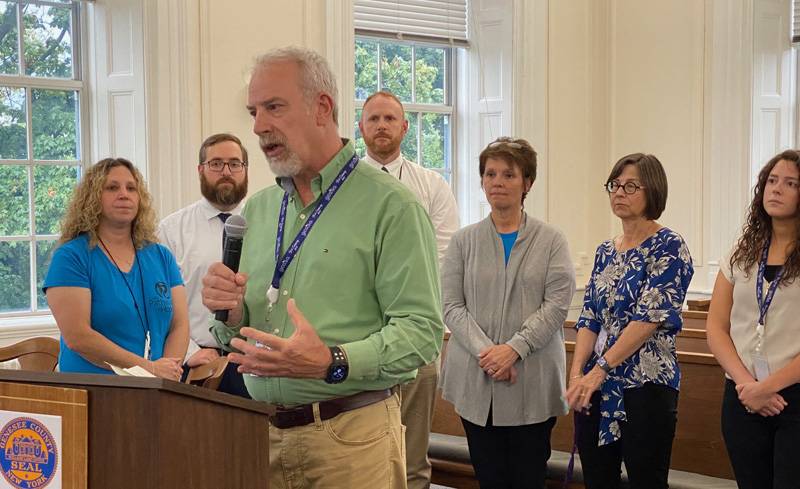
Photo by Joanne Beck.
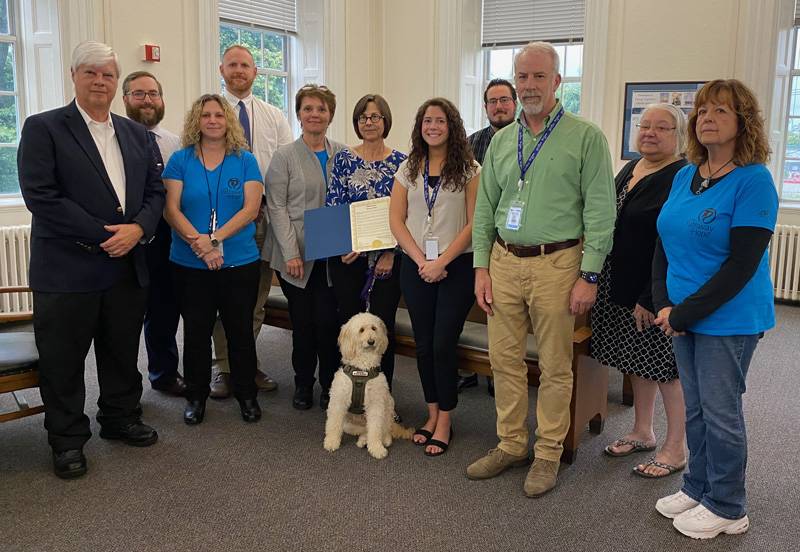
Photo by Joanne Beck

